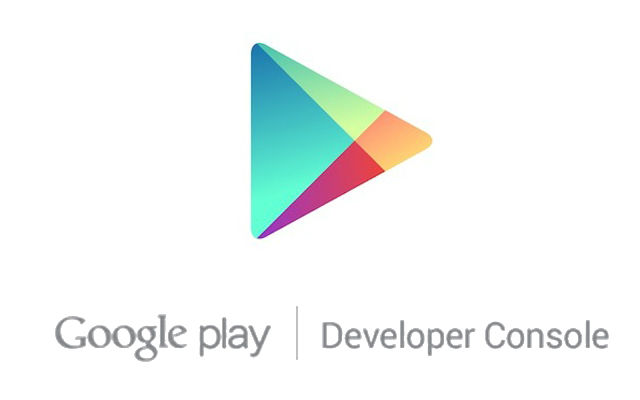
Google has been cracking down on in-app purchases (IAP). Recent sanctions in the European Union, as well as by the FTC in the US has seen Google (and others) taken to task over the ease with which children can access IAP and how hard it is to then refund those purchases. Google is about to get a little more serious about IAP in a big way at the end of this month.
The Android Developer Console has some announcements for developers, which will go into effect as of the 30th of September. The first announcement is that going forward, any developer who has publishes apps which require a purchase, whether it be an initial payment or contain IAP will require a physical address.
If you have paid apps or apps with in-app purchases, it’s mandatory to provide a physical address where you can be contacted, as you are the seller of that content, to comply with consumer protection laws. If you don’t provide a physical address on your account, it may result in your apps being removed from the Play Store.
Whether a physical address, or indeed just a physical location such as a PO box is required hasn’t actually been clarified. If indeed a PO box is not acceptable, for smaller developers this could present a problem, with many not having an office and simply working out of their homes. We’ll have to wait and see.
The second change, is that developers who include IAP within their applications, whether it’s subscriptions, or one-off purchases will have to include a price range of those payments on their detail page in Google Play.
If any of your apps offer paid in-app features or subscriptions, go to your app’s In-app Products page to review the prices and publishing status of your in-app items.
It’s a pretty big move for Google, and while they’re good for consumers it could be a bit more difficult for developers. We’ll have to see exactly how this pans out for them in the coming weeks.
Is this a good move by Google or something that’s not really required?




(sorry for late reply, still getting used to Disqus…)
With that I agree, showing it blankly to anyone/everyone who hasn’t purchased sucks. Hopefully enough pressure from the little guys (such as yourselves) enmasse will stop this stupid change then and allow some flexibility.
On the consumer side of things, requiring devs to post an up front comprehensive IAP price list, is something which is well overdue.
Hope this gets forcibly applied to ALL apps currently available with IAP.
As for posting devs addresses, I think that info should be put up on the install confirm popup; and kept permanently visible for the users who have installed the app, rather than having it made permanently openly visible to everyone without any need to click on the app install button, which what it sounds like Google are requiring.
This is an excellent move IMO. Over-due as most games I see that offer “In-App Purchases” below the free-tag I view with a large amount of skepticism. Often getting about 5-10 min of play-time before “pay now to unlock” pops up on my screen.
You are getting half of the problem. Yes it is a problem that IAP are crazy. My husband and I do not use them when we develop apps. However, we do sell apps. We have our e-mail for contact, and if contacted through the given e-mail we answer asap to any issues. We do not like to give out our personal physical information to anyone (that is why we do business online), We also sell physical items online on eBay and customers can only see our address AFTER a purchase (via Paypal) has been made or when they receive a… Read more »
I get where you are coming from.
However as the article notes they are unsure if a PO Box is acceptable or not. If it is, then the issue is moot, if it is not then that is going to be the problem.
But are businesses not meant to have an address to be contacted at legally anyway via snail-mail in AU?
I live in the US. However Google is making all developers do this. My business is registered as a partnership meaning that through the gov’t I provide a physical address and pay taxes, BUT it is optional (not an LLC) to pay $25 to display my information publicly. Google Merchant does not allow you to use PO Boxes as they do not consider them as a physical address https://support.google.com/wallet/business/answer/3092801?hl=en also, in the original message on my dashboard it states to change the address to stay current if moving. Our address is displayed to customers that have made a purchase as… Read more »